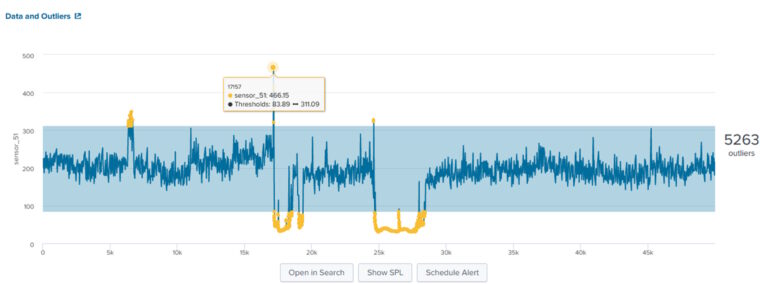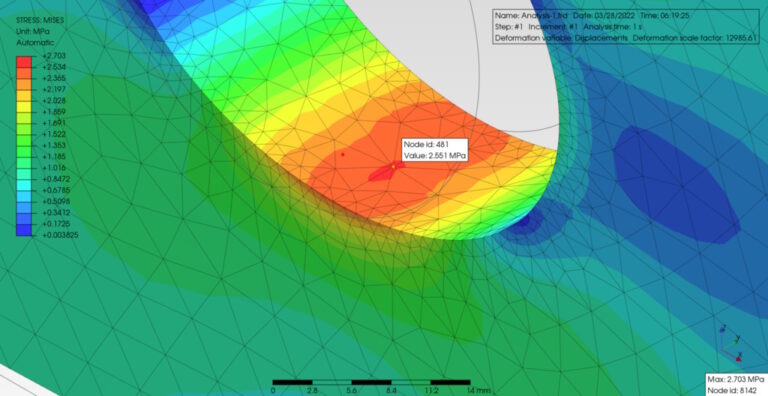We are facing a new industrial revolution, where machines and sensors can connect to your IT infrastructure to provide more profound insight into your business and Key Performance Indicators (KPIs).
With the advent of this new paradigm, systems and monitoring applications are producing enormous amounts of actionable data allowing for cost optimization, prediction of future events, behavior classification, quality control, and a number of other functionalities.

The connection of sensors from remote locations to your local or remote IT infrastructure can be undertaken in a seamless manner through a low cost, energy efficient, and secure Internet of Things (IoT) network. Business intelligence overviews can be generated, alerts programmed and additional functionality plugged in and actioned based upon the received and analyzed data. Moreover, Machine learning (ML) models can be generated allowing for prediction on most valuable operational parameters. Find out how we can help by downloading our data analysis brochure.

